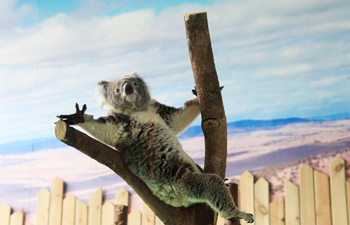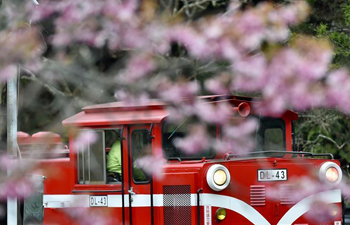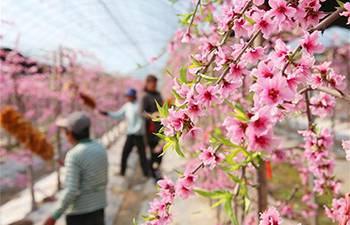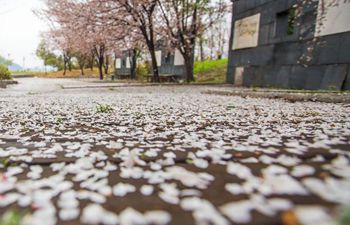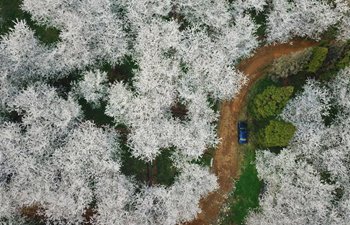CHENGDU, March 16 (Xinhua) -- Chinese archaeologists are studying a tooth extraction custom found in skeletons excavated from a 4,500-year-old tomb in southwest China's Sichuan Province, local authorities said Friday.
Archaeologists discovered 116 human skeletons estimated to be around 4,500 years old at the Gaoshan site in Dayi County, the Chengdu Cultural Relics and Archaeology Research Institute said.
The bones are well preserved as they were found submerged in water underground and cut off from the air, said Liu Xiangyu, who led the excavation work.
Archaeologists found more than a dozen skeletons with their front teeth extracted.
"The custom of dental extraction remains a mystery. Some experts claim it could be a religious ritual or a ceremony to celebrate adulthood," Liu said.
The custom of tooth extraction has been seen in skeletons from the Dawenkou cultural relics site in east China's Shandong Province, which dates back to about 4,300 B.C. to 3,500 B.C.
"The custom could have been transferred to the Gaoshan site from the Shandong region in the east," Liu said.
Experts will perform DNA testing on the bones to trace their ancestors. The findings will help shed light on the origin of the ancient Shu civilization in Sichuan.
The Gaoshan site is believed to have been a city during the Neolithic Age.




